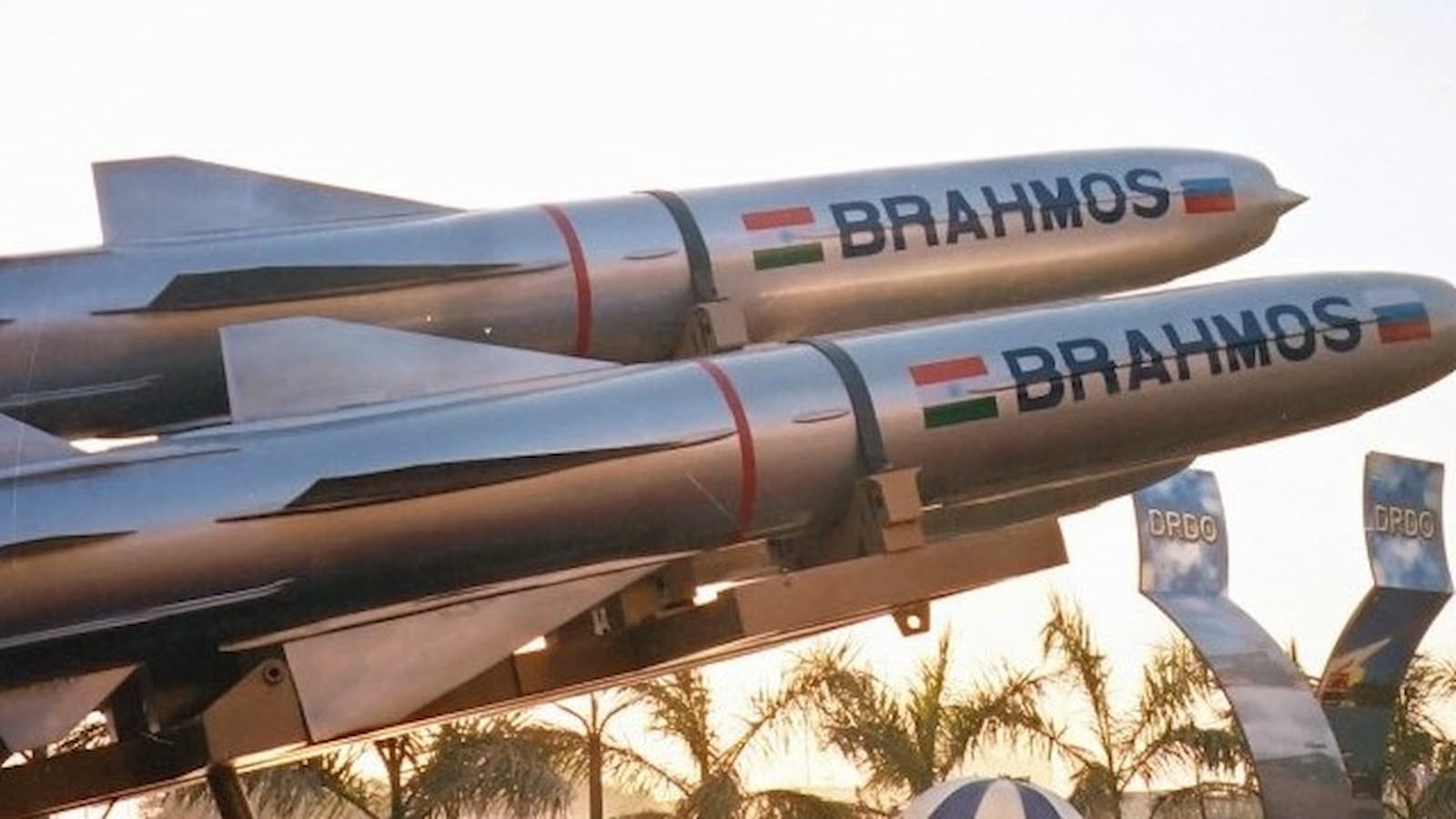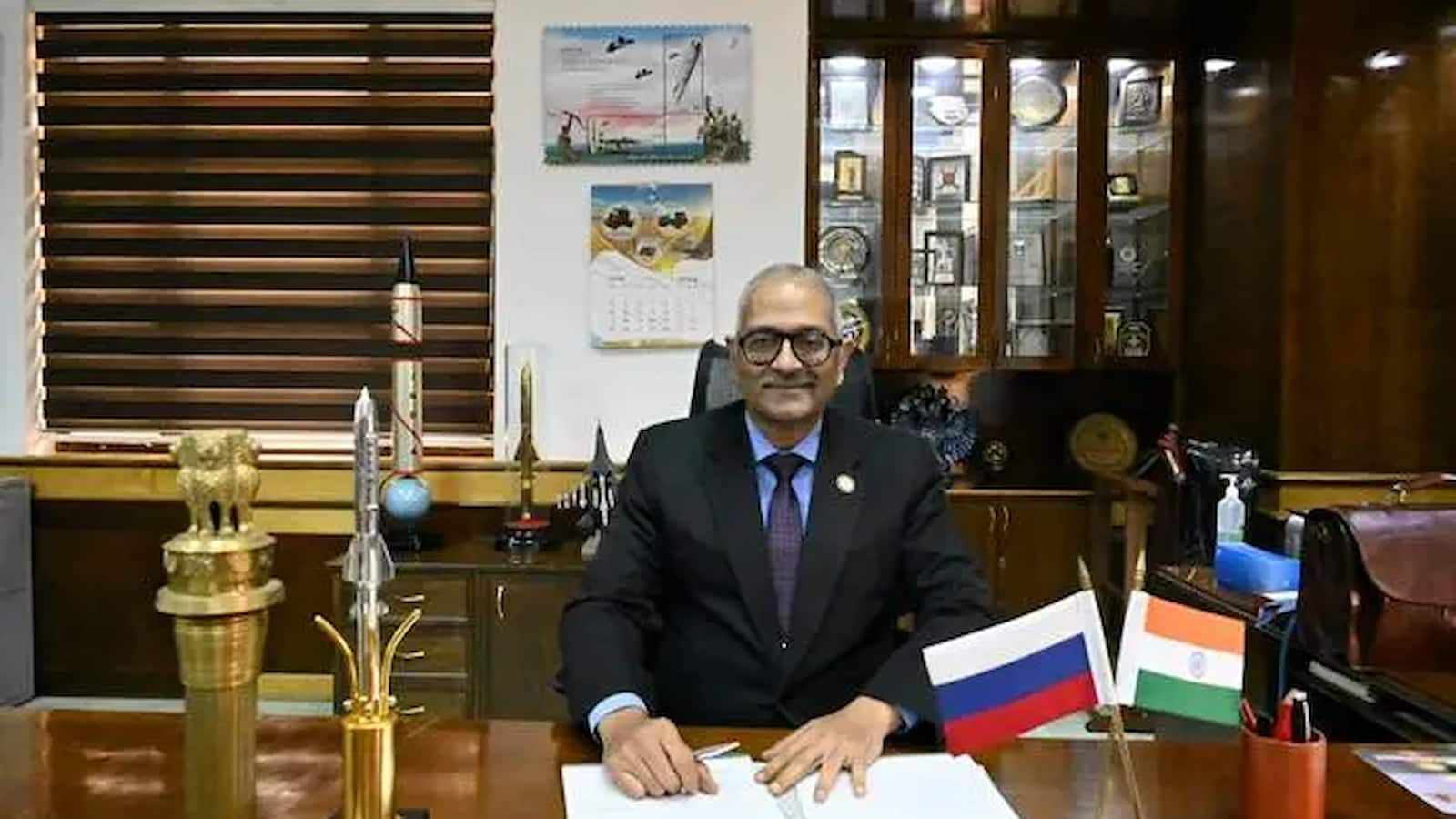BrahMos 26th anniversary: BrahMos Aerospace celebrated a major jubilee on June 12, 2024, the 26th anniversary of the Indo-Russian joint company that revolutionized supersonic missile technology. This year’s BrahMos Day honours the past and paves the way for future gains, falling on the same day as both the Russian National Day and the Philippine Independence Day.
BrahMos 26th anniversary: Vision and Strategic Leadership
Since December 2021, Atul Dinkar Rane and Dr Sanjeev Kumar Joshi have led BrahMos Aerospace. As he considered their time, Mr. Rane emphasized that they had concentrated on three crucial areas: achieving the demands of the armed forces, realizing the potential for exports, and promoting indigenization. Their efforts have paid off, leading to important contracts and notable improvements in domestic production. “We’ve received significant orders in the last two and a half years, including the largest export agreement between India and the Philippines, valued at approximately $375 million, and a sizable order of Rs 20,000 crore from the Indian Navy for sophisticated BrahMos systems,” Mr. Rane stated in an interview with Indian Express. These accomplishments highlight BrahMos’ strategic significance in the domestic and global defense industries.
China Condemns Dutch Ship’s Claim of Unsafe Operation in East China Sea
History of BrahMos

An Inter-Governmental Agreement (IGA) between Russia and India to produce the best supersonic cruise missile in the world marked the start of the BrahMos project in 1998. Named after the rivers Brahmaputra and Moscow, BrahMos is a monument to the remarkable collaboration of Indian and Russian technocrats and scientists. The BrahMos missile’s first successful test fire occurred in June 2001, and it was the catalyst for several more firsts. The initial CEO, Dr. A Sivathanu Pilla, had a vision when he established BrahMos, a supersonic cruise missile system that could be deployed from air, sea, land, or subsurface platforms.
Fortifying Defense and Broadening Perspectives
The Indian Armed Forces have unflinching faith in BrahMos. Rane stated, “The Indian Navy has repeatedly affirmed that BrahMos remains their primary strike weapon,” The Indian Army and Air Force (IAF) have also placed significant orders, demonstrating the importance and dependability of BrahMos from a strategic standpoint. The Chief of Defence Staff (CDS) and the Service Chiefs praised BrahMos as a powerful weapon system during its Silver Jubilee celebration last year, emphasizing its unparalleled accuracy and post-purchase assistance.
Challenges and Prospects for the Future
In response to criticism regarding BrahMos’ price, Dr. Joshi emphasized the benefits of the missile. “BrahMos offers unmatched quality, reliability, and precision, with low maintenance costs and a long shelf-life,” he explained. The missile’s supersonic speed greatly increases its efficacy in combat scenarios since it allows it to reach targets in a shorter amount of time than other cruise missiles.
South Korea and US Defense Officials Visit Missile Strategic Command Amid North Korean Threats
In the foreseeable future, BrahMos Aerospace intends to increase its presence in the international defense industry. Talks are going well with prospective clients, particularly those in Indonesia. To fulfill the increasing demand, the company’s strategy calls for consistent capability enhancement and strong supply chain management.
Bolstering the defense ecosystem

The success of BrahMos is closely linked to the Indian defense sector. The company’s focus on indigenization supports a strong industrial basis and is in line with the government’s “Make-in-India” strategy.
“Our industry partners are crucial to our success. We encourage them to invest in capacity building to meet the increasing demand,” Dr. Joshi stated.
The Defense Production and Export Promotion Policy (DPEPP) and the Defense Acquisition Procedure (DAP) 2020 are two government programs that help BrahMos Aerospace. India’s defense industry has been able to grow and fight better around the world thanks to these rules.
BrahMos Aerospace has been innovative and excellent for 26 years, and its leaders are still committed to expanding the business around the world and giving the Indian Armed Forces the best precision strike weapons possible. Rane said, “BrahMos is a testament to the power of joint ventures and collaborative efforts.”



